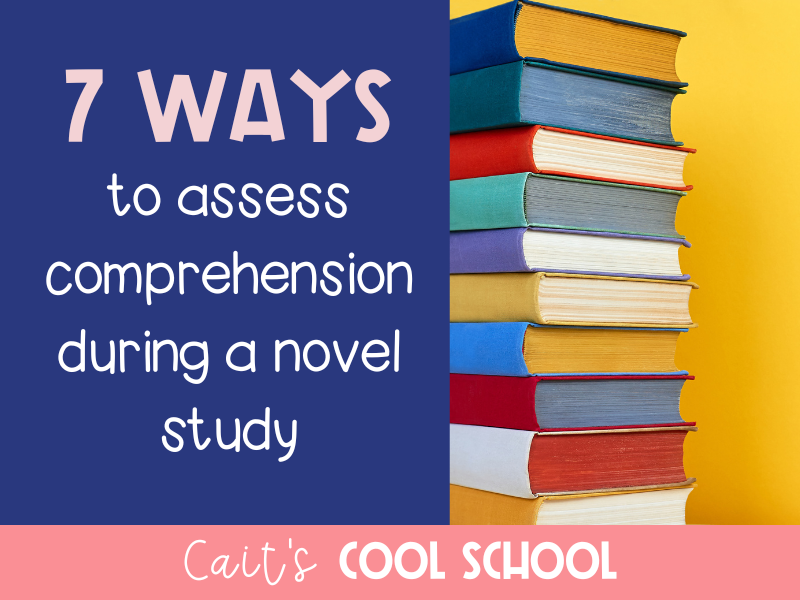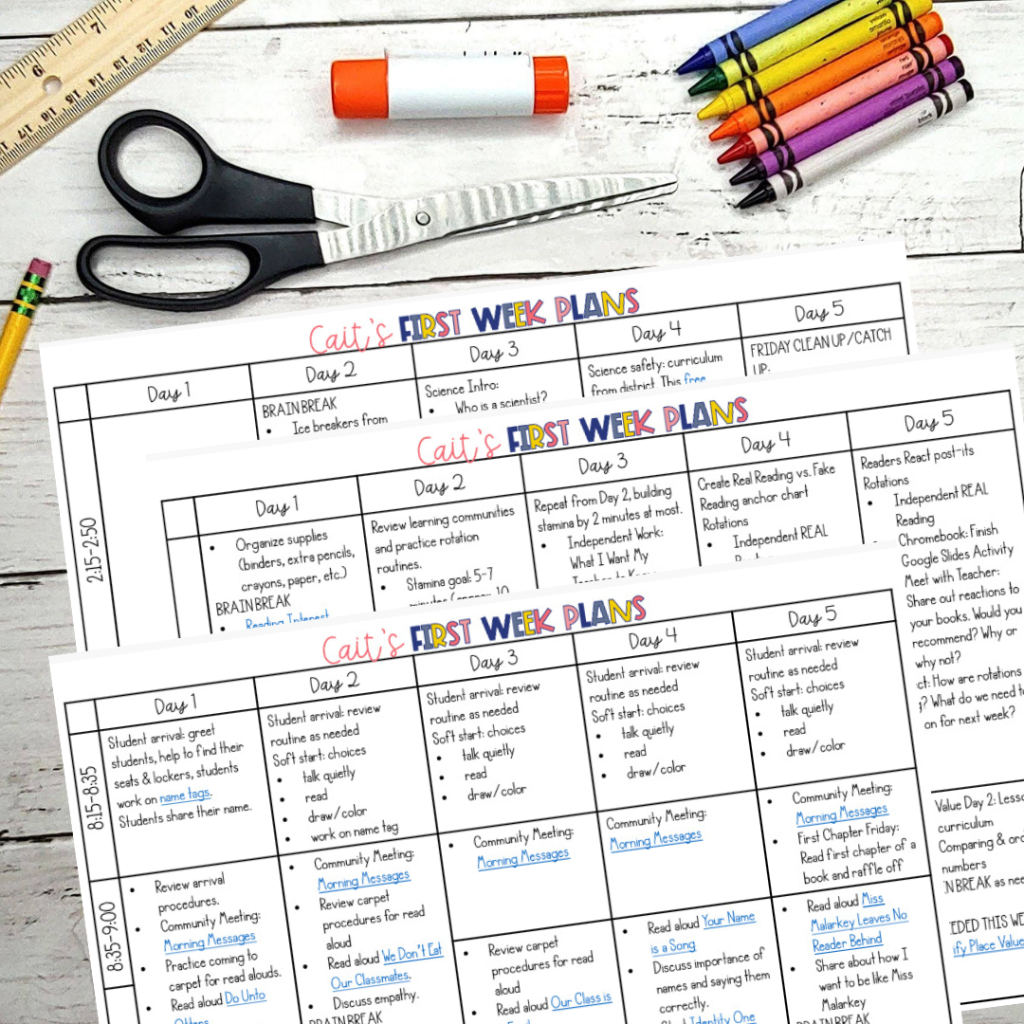Understanding the genre of a text is important to determining how to analyze it. You wouldn’t breakdown a fiction text the same way as a nonfiction text, nor would you analyze a mystery text like a science fiction novel. These genre activities will help with introducing genre and reviewing it throughout the school year.

This post may contain some affiliate links, which means if you click on one of the links and make a purchase, I’ll receive a small commission. You will never incur a fee or charge for this.
There are two parts to determining genre. First, students need to comprehend fiction vs. non-fiction. Then, they need to break those down into specific genres- biography, instructional texts, science fiction, realistic fiction, etc. NOTE: It’s important for students to know texts are fiction or non-fiction, but they can fit into multiple subgenres. For example, The City of Ember (my current read aloud) is mainly science fiction, but also includes some elements of a mystery.
Want to jump to the good free part? Click here for a HUGE, free 50+ page resource.
Activities to Practice Determining Genre:
- Watch the Trolls World Tour movie trailer. Simple intro that connects students’ knowledge of musical genres to books. I like to show it to my students and challenge them to name as many musical genres they hear in the trailer. Many will also recall other genres from the actual movie.
- Match the genre to the definition. This is a simple cut & paste sorting activity. It’s a great pre/post assessment to see what students understand about genre. You can get it here.
- Book sort. Give groups of students stacks of books to categorize. You can make this as open-ended or guided as you want, by either having students create genre labels or providing the labels. Another way to differentiate would be to include books/texts you’ve already read as a class to help students who might struggle. Side story: I didn’t realize how challenging (in a good way!) this activity could be until I decided to reorganize my classroom library by genre. I had past students (who were in middle school) volunteer to help. They kept arguing over the genres for different books! It made for an entertaining, intelligent talk about how genre isn’t always easy and books can fit into different categories.
- Scavenger hunt. Have an assortment of books available around a room (maybe even a library or a playground!) and assign students difference genres to find. This could even be something they try outside of school, either bringing in the books or writing down the titles & authors. Try out the GENRE bingo-style scavenger hunt in this free resource.
- Same plot, different genre. Fairy tales work great for this! Collect different versions of any fairy tale and sort them by genre (other than fairy tale of course!). For example, I have multiple versions of The Three Little Pigs (James Marshall’s versions are my go-tos for the original fairy tales). The Three Little Fish and the Big Bad Shark could go in fantasy (animals that talk!) and The Three Little Aliens and the Big Bad Robot counts as science fiction. Another example is The Rough Faced Girl (another version of Cinderella), which could be classified as a legend, since it’s a Native American version. The Stinky Cheese Man is a great one for humor! Students could even write their own version of a fairy tale to fit a certain genre. (Check out this Amazon list of fairy tale books for more suggestions.)
- Title Challenge! Present students with made up book titles (and maybe a one-sentence synopsis) and have them determine the genre. Then have them write their own titles to share. The class can guess the genre each person wrote. Check out these free task cards with made up titles.
Ready to take a deeper look at genre? Here’s a round up of resources.
Ready to Use in the Classroom:

Click on the image or head to this link to have the resource sent directly to you. These activities work any time of the year to help reinforce identifying genre and reinforcing vocabulary with students.











 The first FIVE days of lesson plans for the beginning of the year.
The first FIVE days of lesson plans for the beginning of the year.